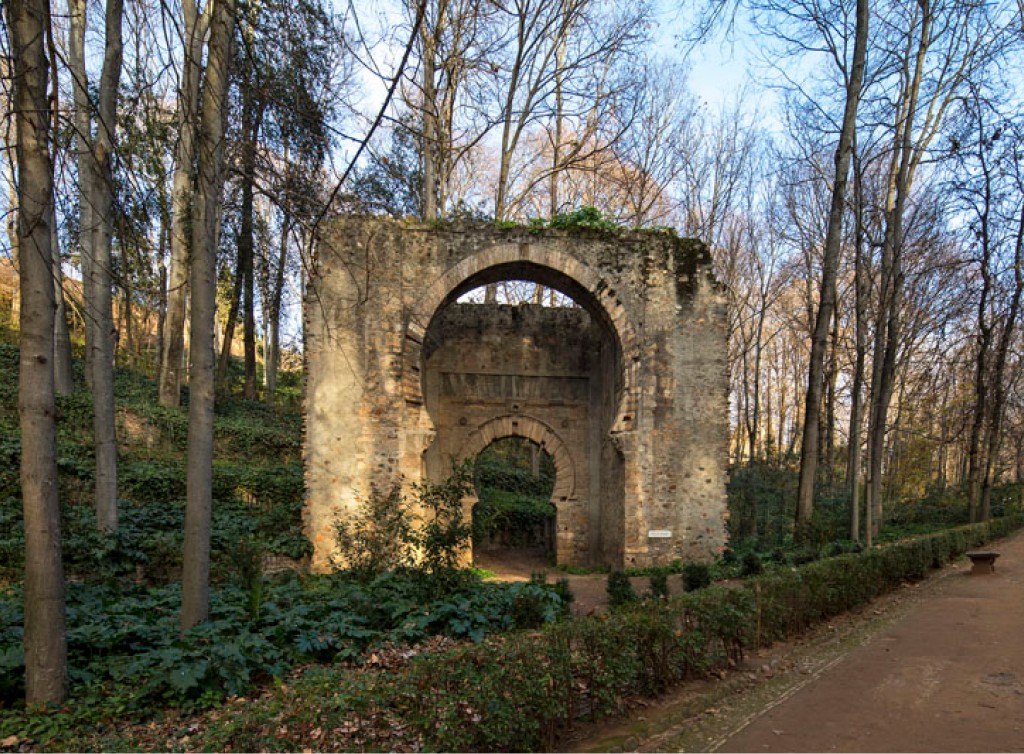THE GATE OF BIBARRAMBLA. Historical report of the monument and its rediscovery
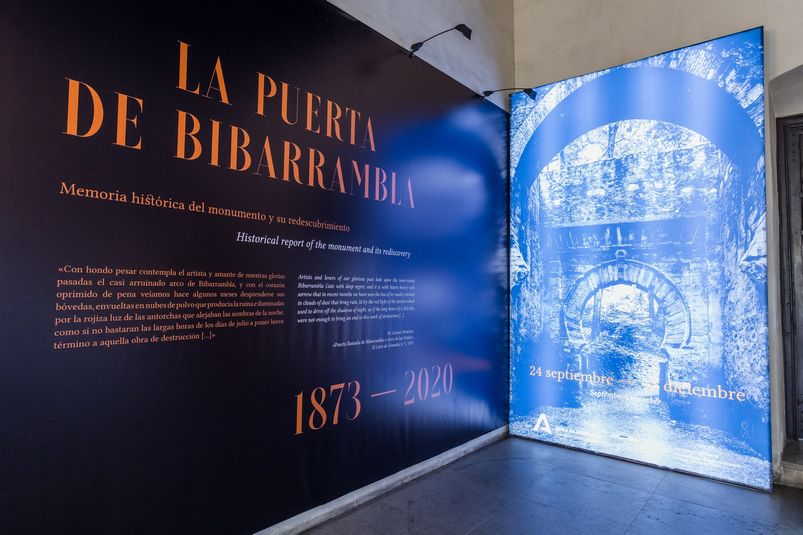
The Bab al Rambla (the gateway to the sandy area) was one of the main access gates to the city of Granada in the Middle Ages, from the 11th century until 1492. After the conquest it was called both by its original name in Spanish Bibarrambla and by the nickname Arco de las Orejas (Arch of the Ears) because at the beginning of the 16th century a weight of flour was placed there and it was the place where the “ear” penalties of fraudsters were executed.
It became an emblematic place in the city both because of the chapel that was built inside it in 1507, venerated by all the locals and those who entered the city through this door, and because of its monumental character that nostalgically recalled the past splendour of the Arab era as opposed to a city that over the centuries became increasingly decadent. It was a compulsory stop for the Corpus Christi procession in the Baroque period and a triumphal arch at the entrance to the Plaza Bibarrambla when it was decorated for the bullfighting and cane festivals.
In 1873 the town council first raised the need for its demolition. Stopped at first by the Provincial Commission of Monuments, there was a struggle between the two institutions for eleven years .
The Bibarrambla Gate was declared a National Historic-Artistic Monument in 1881, but incisive pressure from the local authorities managed to knock it down in 1884.
Once the most important remains had been recovered, it was rebuilt in the Alhambra forest in 1933, at the behest of Manuel Gómez Moreno Martínez and Leopoldo Torres Balbás.
A HISTORICAL WALK
ABOUT THE EXCAVATION
TO KNOW MORE
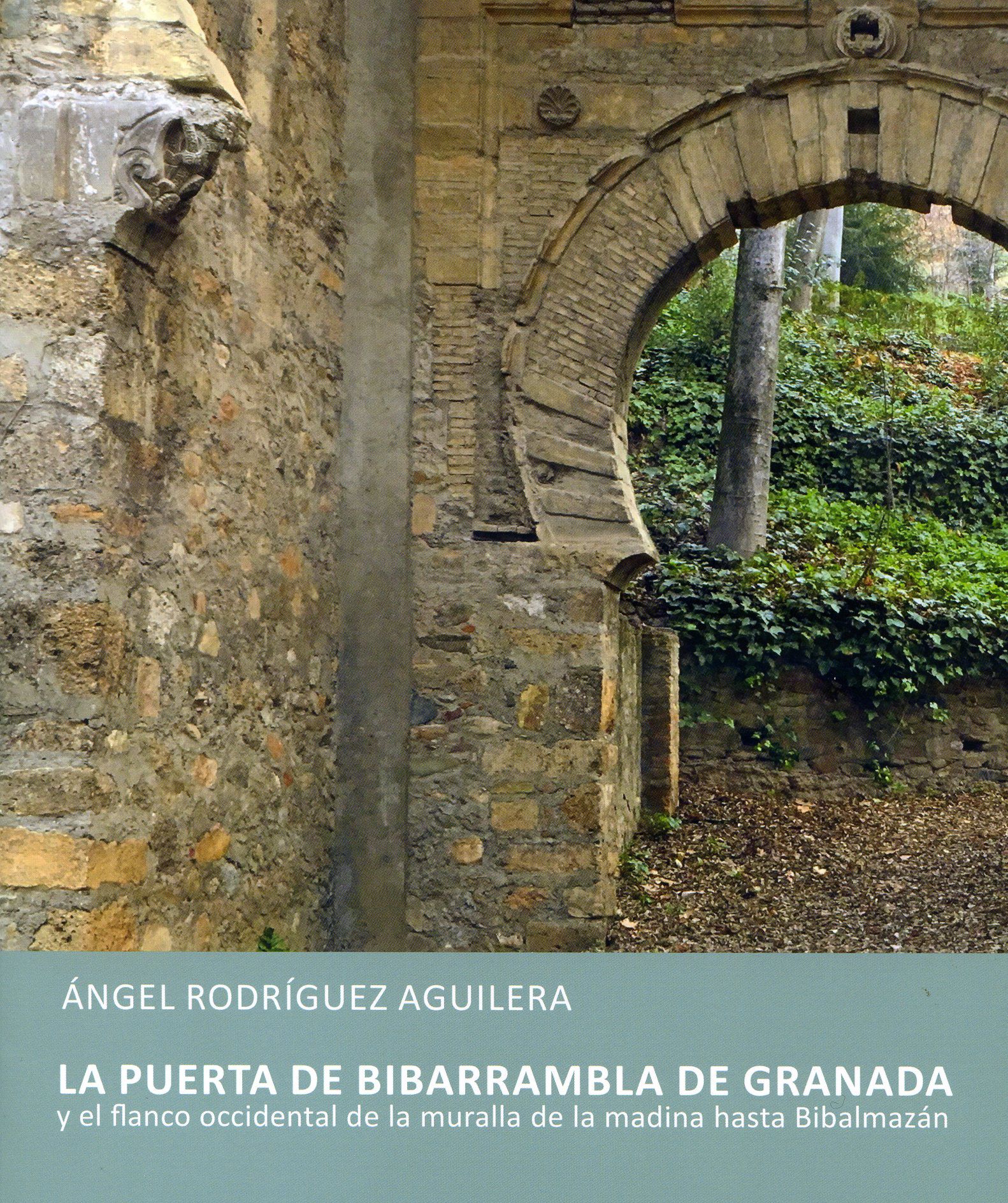
La Puerta de Bibarrambla de Granada y el flanco occidental de la muralla de la medina hasta Bibalmazán.
Autor: Ángel Rodríguez Aguilera
Editorial: Patronato de la Alhambra y Generalife
Año: 2018
ISBN 978-84-17518-01-1
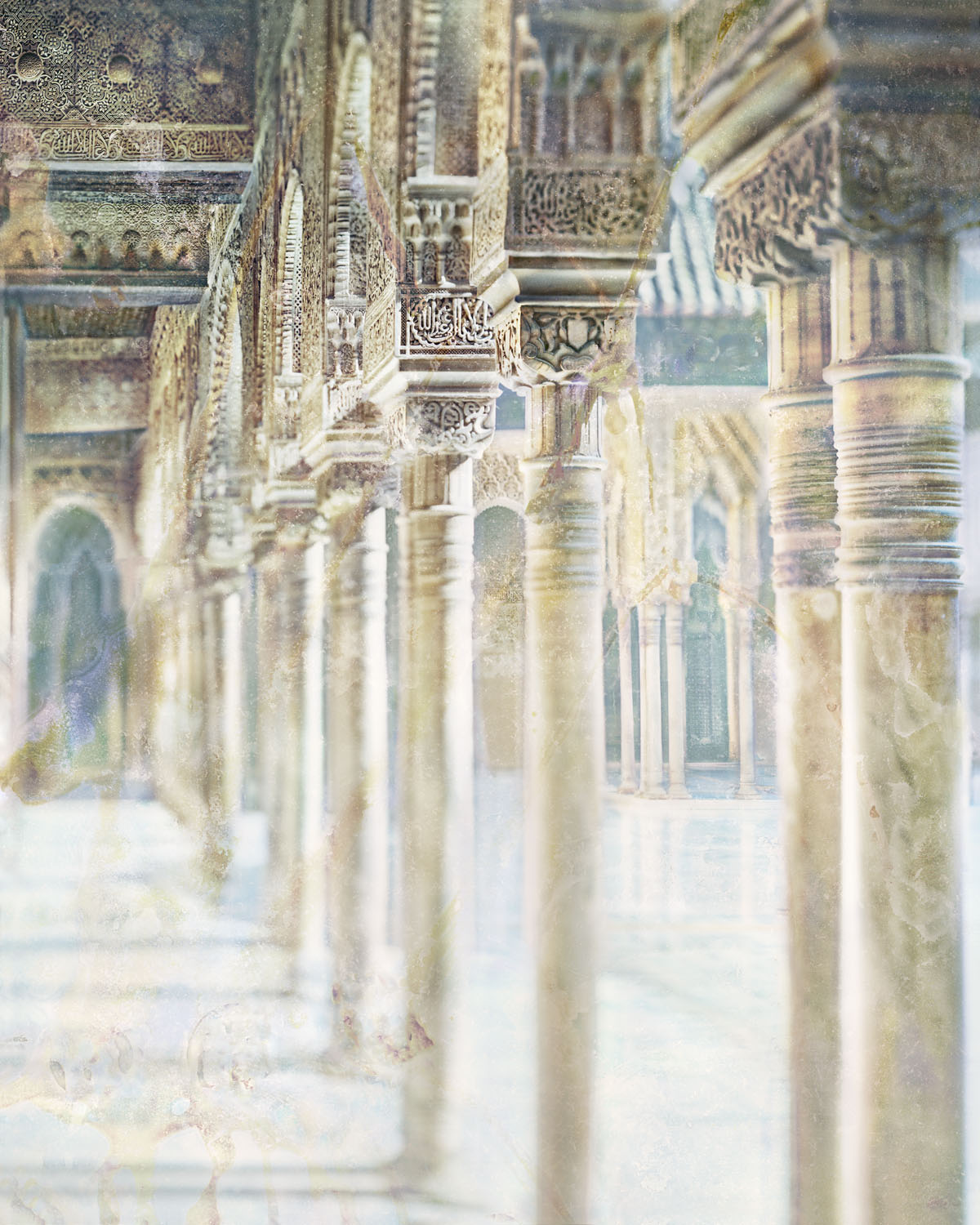
La Alhambra, a look from Fernando Manso
MORE INFORMATION
WASHINGTON IRVING AND THE ALHAMBRA
MORE INFORMATIONTHE EMPEROR´S CHAMBERS
MORE INFORMATION
The Council of Alhambra and Generalife will refund automatically the full amount of the bookings
MORE INFORMATION
Registration for musicians
MORE INFORMATION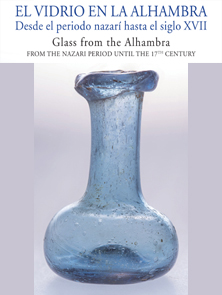





 Contact
Contact






